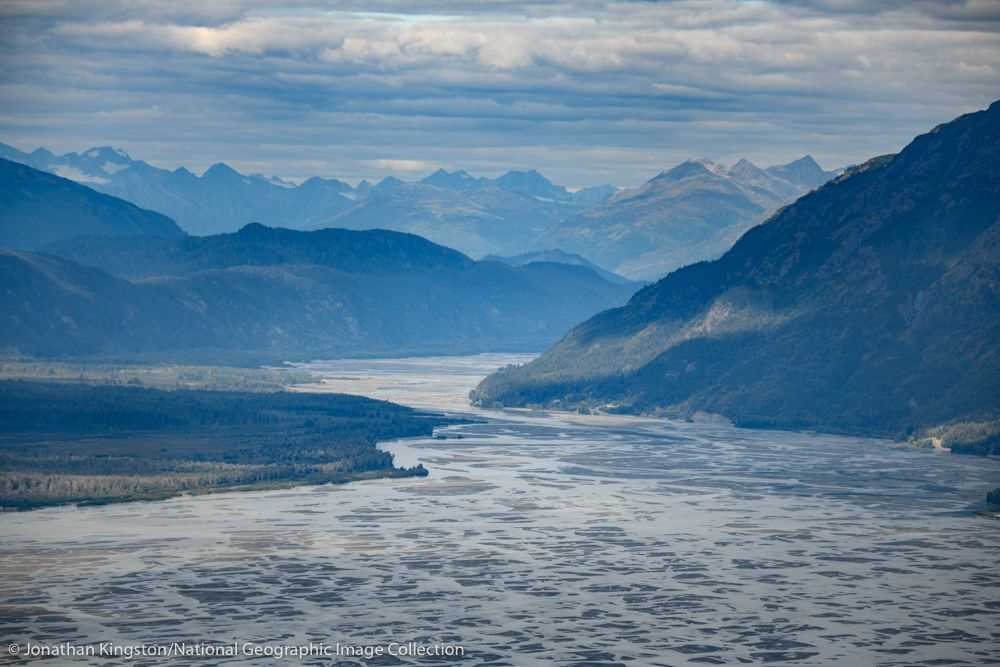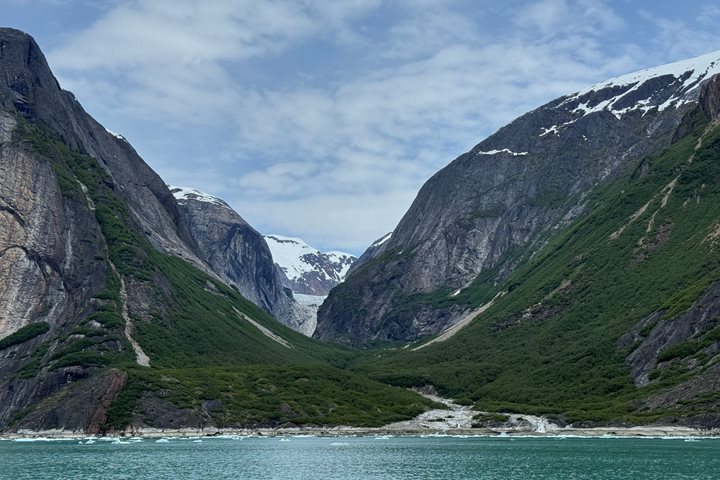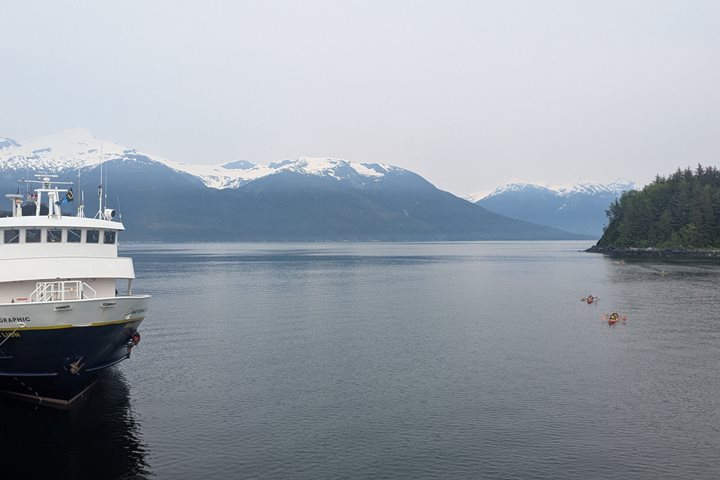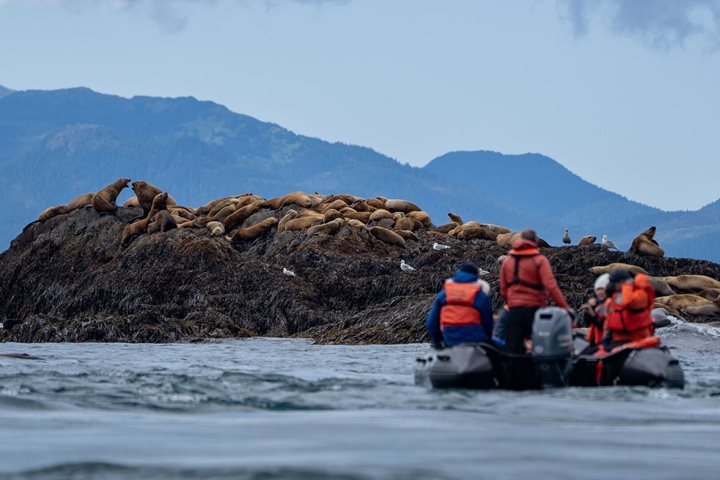Early this morning, we cruised north through the stunningly beautiful Lynn Canal en route to Haines. Lynn Canal is a fjord almost 90 miles in length and 2,000 ft. deep—it’s the deepest fjord in North America. The incredibly steep walls and the deep water below are both great testament to the power of ice—glaciers about one-mile thick carved all of Southeast Alaska.
Lynn Canal was explored by Joseph Whidbey’s 1794 expedition that spent three years charting the Northwest coast. Named by George_Vancouver for his birthplace, King's Lynn in Norfolk, England, today Lynn Canal is a well-traveled body of water known for fishing, ferries, and ships both large and small.
During the Klondike Gold Rush, the fjord saw an incredible amount of steamship traffic. Miners from San Francisco, Portland, Seattle, and Vancouver made their way via ship to Skagway (north of Haines) and the Chilkoot Trail toward the gold fields in Canada, where the Klondike and Yukon rivers meet. Many shipwrecks during that era led to Congress appropriating money to build 12 lighthouses in Alaska, one of which we passed after dinner. The beautiful Eldred Rock Lighthouse is the only survivor of a series of octagonal frame lighthouses built between 1902 and 1906.
Soon after we dropped anchor off the small community of Haines (1,400 year-round residents), we hit the ground running for multiple activities. From fishing, hiking and canoeing, to rafting and flightseeing, we saw that there is truly something special about a place where the mountains meet the sea.









